Energies, Free Full-Text
4.5 (651) In stock
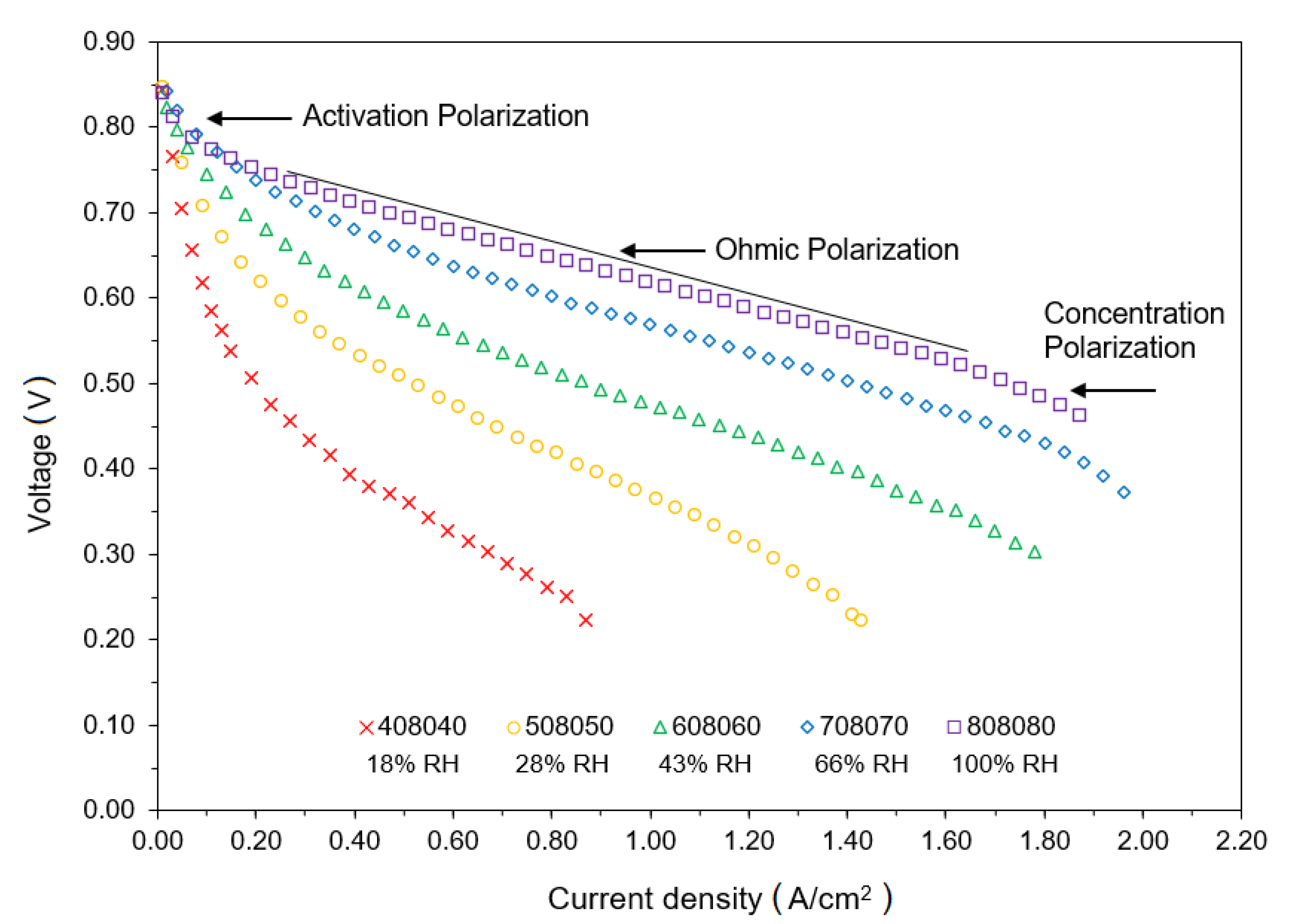
The development of green energy conversion devices has been promising to face climate change and global warming challenges over the last few years. Energy applications require a confident performance prediction, especially in polymer electrolyte fuel cell (PEFC), to guarantee optimal operation. Several researchers have employed optimization algorithms (OAs) to identify operating parameters to improve the PEFC performance. In the current study, several nature-based OAs have been performed to compute the optimal parameters used to describe the polarization curves in a PEFC. Different relative humidity (RH) values, one of the most influential variables on PEFC performance, have been considered. To develop this study, experimental data have been collected from a lab-scale fuel cell test system establishing different RH percentages, from 18 to 100%. OAs like neural network algorithm (NNA), improved grey-wolf optimizer (I-GWO), ant lion optimizer (ALO), bird swarm algorithm (BSA), and multi-verse optimization (MVO) were evaluated and compared using statistical parameters as training error and time. Results gave enough information to conclude that NNA had better performance and showed better results over other highlighted OAs. Finally, it was found that sparsity and noise are more present at lower relative humidity values. At low RH, a PEFC operates under critical conditions, affecting the fitting on OAs.
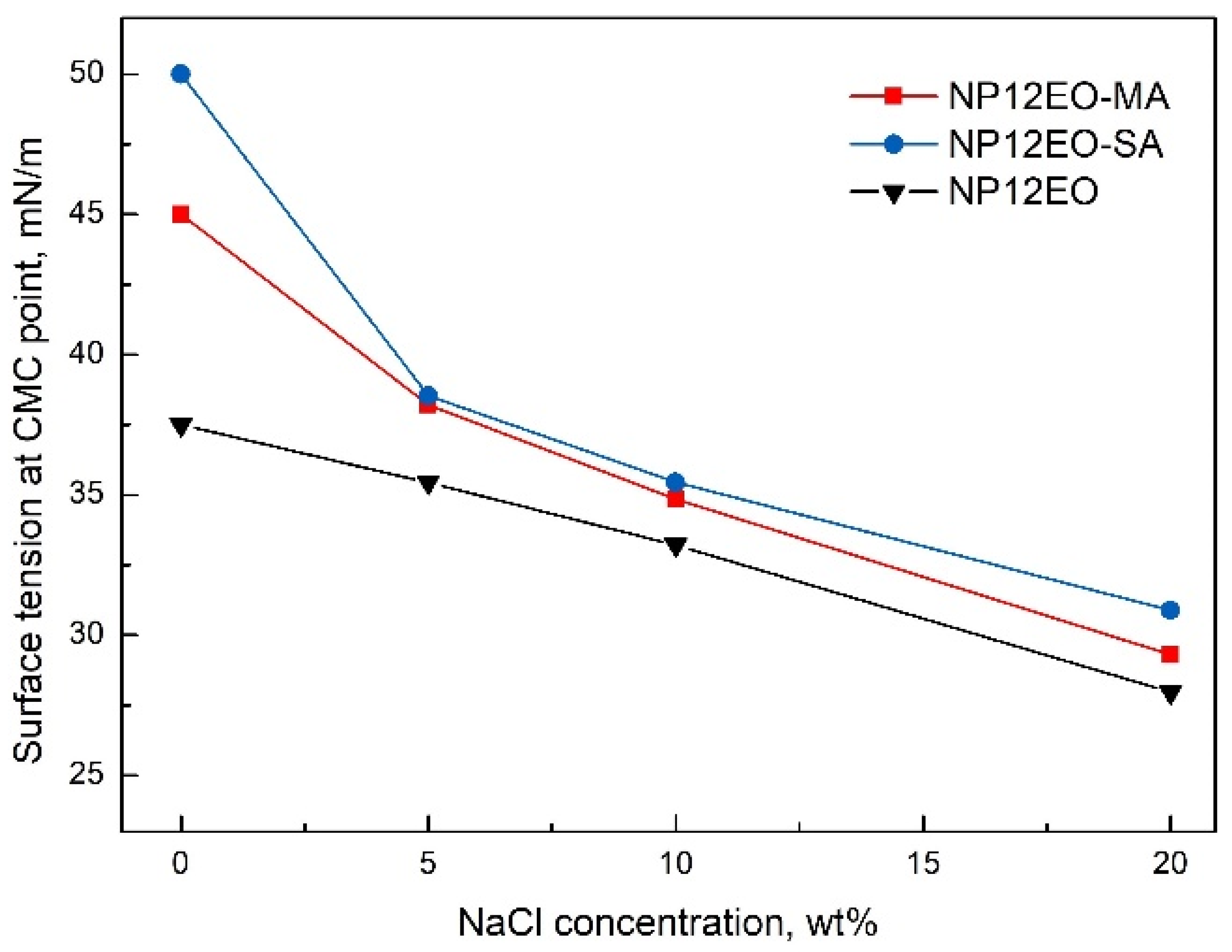
Energies Free Full-Text Nonylphenol Ethoxylate Surfactants, 49% OFF

Energies, Free Full-Text, ghg emissions
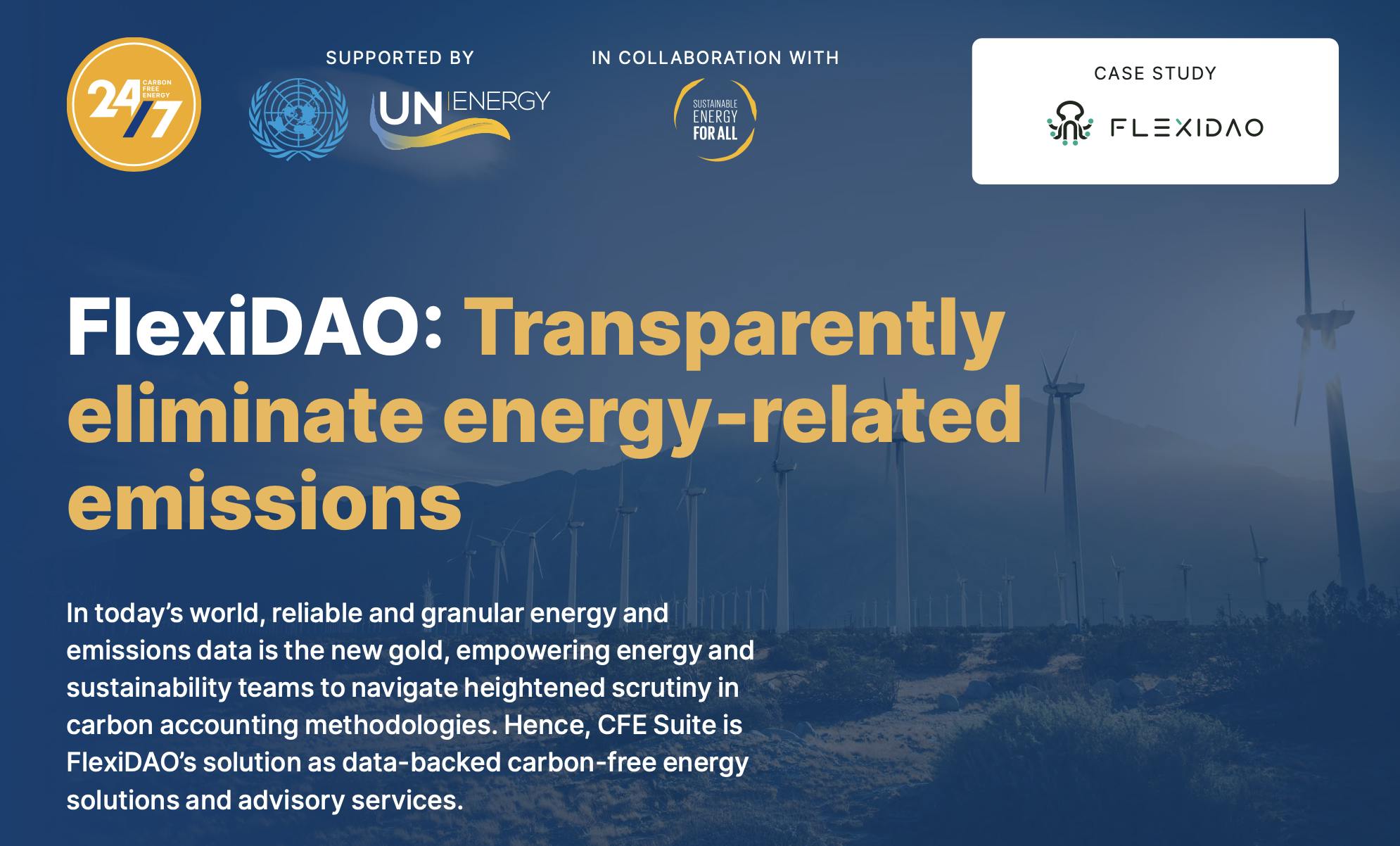
24/7 Carbon-Free Energy: Methods, Impact & Benefits
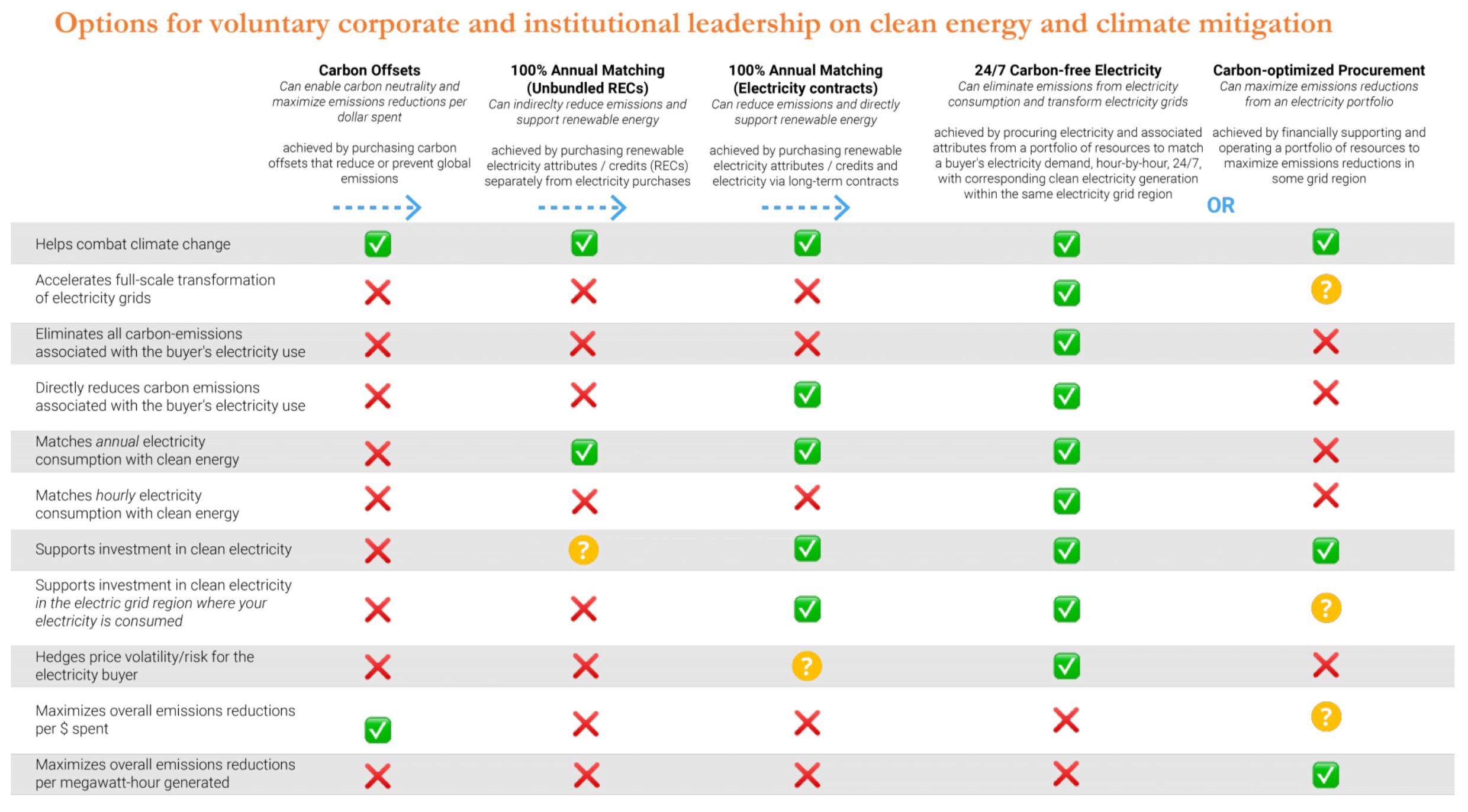
Energies, Free Full-Text, overloaded sludge

Energies An Open Access Journal from MDPI

Aspen Plus diagram of the biodiesel production process at
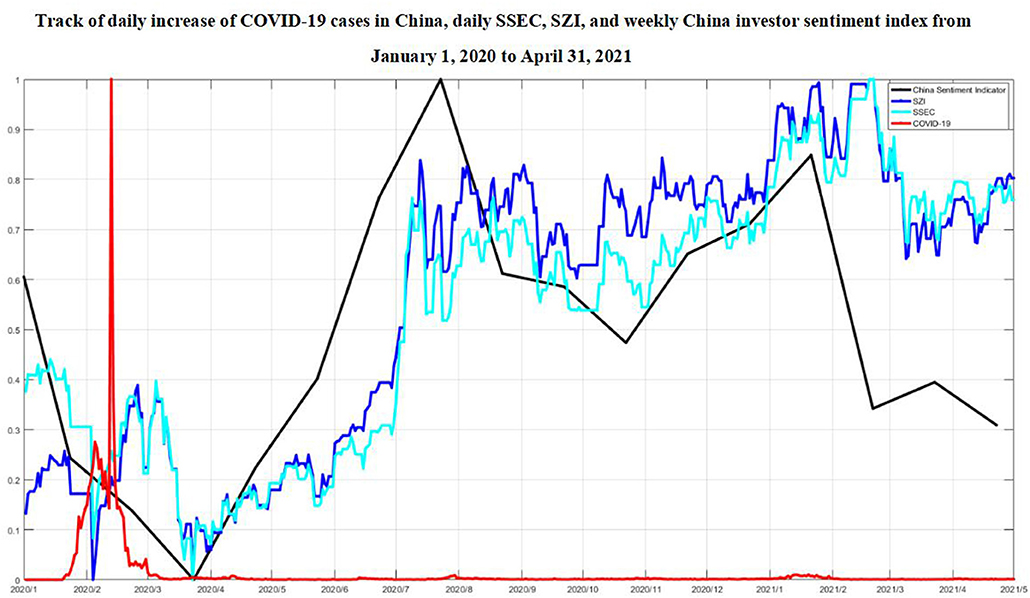
Energies Free Full-Text Changes In The Stock Market Of Food, 60% OFF

I Match Energy (all sizes) –
Energies Free Full Text Appraising Bioenergy Alternatives In
Polarization curve with different parameters
Linear polarization curves for the zinc deposits obtained from (a)
Polarization curves showing the improvement in corrosion
A systematic approach for matching simulated and experimental
ESDLab on X: Polarization curves, which are the primary method
 Le Mystere Soiree Strapless Bra – Petticoat Lane
Le Mystere Soiree Strapless Bra – Petticoat Lane Sea Level Valentina Long Line Tri Bikini Top - Black - Curvy
Sea Level Valentina Long Line Tri Bikini Top - Black - Curvy High Waisted Cotton Underwear Women's Full Coverage Briefs Soft Breathable S-3XL
High Waisted Cotton Underwear Women's Full Coverage Briefs Soft Breathable S-3XL Montibello Decode Smooth Perfection (200ml) – Ultimate Hair and Beauty
Montibello Decode Smooth Perfection (200ml) – Ultimate Hair and Beauty Hue Polka Dots Black Leggings Size XL - 68% off
Hue Polka Dots Black Leggings Size XL - 68% off MX Pants SX0 Orange Blue - MX Pants - Sway MX
MX Pants SX0 Orange Blue - MX Pants - Sway MX- Kentucky Lady Sando Bra
- Adore Me Women's Bettie Balconette Bra 40g / Barbados Cherry Red. : Target
 Sanuk, Shoes, Sanyo Yoga Sling Sandal
Sanuk, Shoes, Sanyo Yoga Sling Sandal Women's Wool Runners - Natural Grey (Light Grey Sole)
Women's Wool Runners - Natural Grey (Light Grey Sole)/product/75/991432/2.jpg?9282) Reebok Men • Fitness Training Essentials Woven Cuffed Sweatpants
Reebok Men • Fitness Training Essentials Woven Cuffed Sweatpants

